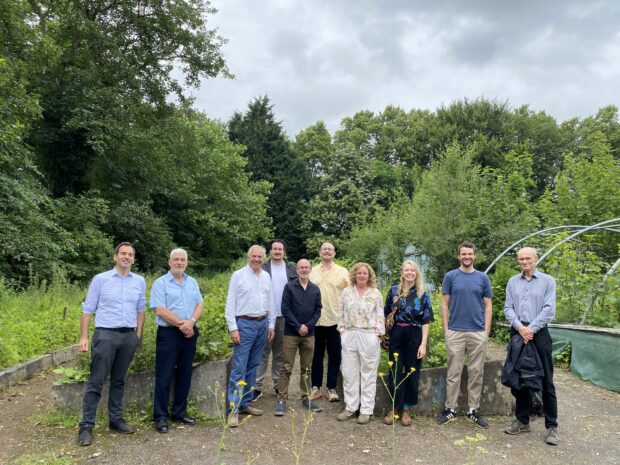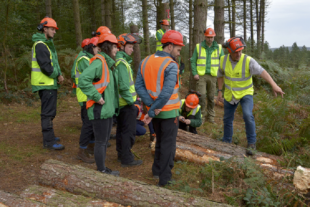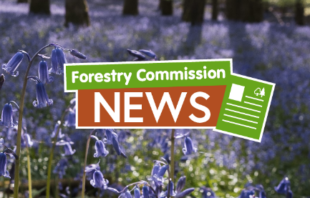 Andrew Jones, Chair of the Urban Forestry and Woodland Advisory Committee Network (UFWACN) discusses the importance of the urban forest, and how a new vision for urban forestry will help our English towns and cities to flourish.
Andrew Jones, Chair of the Urban Forestry and Woodland Advisory Committee Network (UFWACN) discusses the importance of the urban forest, and how a new vision for urban forestry will help our English towns and cities to flourish.
The importance of urban trees
The urban forest includes both individual trees and woodland in our urban areas. Whilst woodland provides crucial habitat and recreation space, it's often the individual trees lining our streets, standing in our parks or growing in private gardens that form the most visible and accessible part of our urban forest.
These trees outside of woodland make up approximately 30% of tree cover and provide immediate benefits to residents – from street trees offering much needed shade during heatwaves, to the impressive mature oak creating a neighbourhood landmark.
The Urban Forestry and Woodland Advisory Committee Network’s new vision specifically addresses the unique challenges our urban trees face, including limited growing space, conflicts with infrastructure and sometimes unclear management responsibilities. We envision a future where these trees receive the same level of protection, management resources and public appreciation as our woodlands.
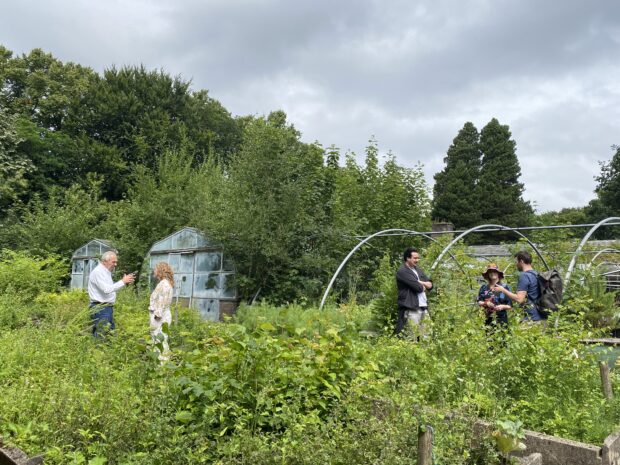
What is the UFWACN?
The UFWACN was established by the Forestry Commission in 2014. The network was created to act as the Forestry Commission’s trusted stakeholder group to promote the case for urban forestry in England’s towns and cities, and to spread good practice around urban forestry.
When first founded, the network launched its vision for a resilient urban forest which set out a series of aims and objectives for urban forestry that the network wished to see advanced. Over a decade has passed, and whilst many of the aims and objectives have advanced, we still believe there is a significant amount of work to be done to ensure trees and woodlands can continue to benefit our towns and cities. This is why we have created a new UFWACN vision for urban forestry. It lays out the action needed to ensure the urban forest can continue to be nurtured and enhanced, building on the activity that has taken place to date.
Since the publication of the 2015 vision, more is now known about the scale and value of our urban forest. New tools such as i-Tree Eco are helping to value the urban forest by collecting data and estimating the ecosystem services trees provide. Tree equity mapping is helping local communities, businesses and local authorities identify where tree planting could benefit those living in towns and cities, to help reach tree planting targets to increase tree and canopy cover.
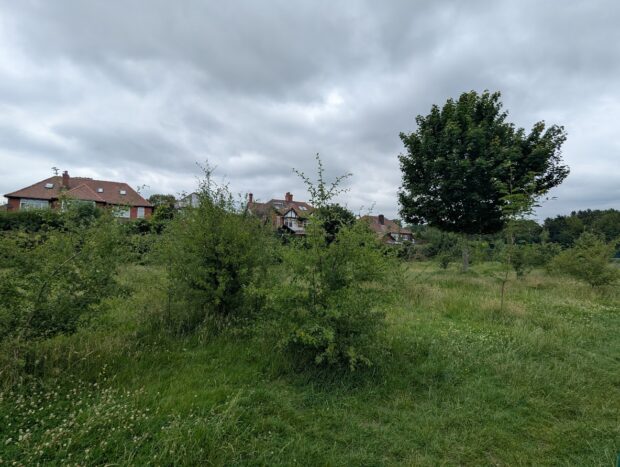
Our Vision for Urban Forestry, in a nutshell
We have taken the Forestry Commission’s current Thriving for the Future Strategy as our starting point for creating our vision, and we have specific urban ambitions and goals under each of its three goals as follows:
1. More trees, more diverse species, growing and thriving
We have stated that the developing principle of tree equity should play an important part in deciding where tree planting is targeted, to provide the benefits of trees and woodland to urban neighbourhoods that need it most. We look at several case studies, for example Camden Council’s Tree Planting Strategy which sets out a multipronged approach to tree planting, that looks to increase species diversity and canopy cover, as well as aftercare and monitoring.
2. Better managed woods and forests that are protected and improving
Amongst other ambitions, we have highlighted the need for funding local authority tree experts and a more joined up and holistic management of the urban forest. We highlight, for example, the Birmingham Urban Forest Plan, the first of its kind in the UK which sets out their intentions for trees, green spaces and the city’s natural capital. The plan draws together the aspirations of the council, its urban forest managers and key stakeholders, to take a long-term approach of the management of Birmingham’s urban forest over the next 30 years.
3. Bigger benefits for nature, climate, people and the economy
We aim to draw attention to the immense benefits that urban trees and woodlands can deliver for nature, climate, people and the economy. We address the need to engage young people with the urban forest and to help forge a lifelong connection with the natural world. There is also a requirement for urban tree managers to work closely with local communities, to manage the urban forest in tandem with its communities.
For instance, the City of Trees' Citizen Forester Programme works closely with community groups. The programme invites individuals to engage and connect with environmental work in a way that resonates with them, as well as engaging with communities nearby to their tree planting and woodland management activities.
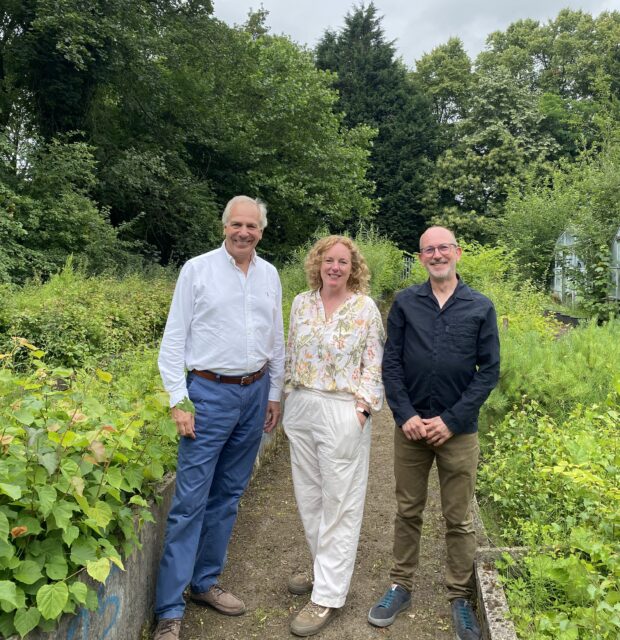
Launching our vision for a flourishing future
At the beginning of July, against the backdrop of Manchester's urban forest canopy, I joined Sir William Worsley, Chair of the Forestry Commission, to launch our refreshed vision for the urban forest. We were hosted by Manchester’s community forest City of Trees, which provided the perfect setting to showcase streets and public spaces transformed through the planting and management of urban trees.
Sir William Worsley, Forestry Commission Chair, says:
Urban trees are often those that are the most overlooked and that deliver the greatest benefits to our society, I am therefore delighted to support the launch of the UFWACN’s vision for urban forestry which highlights the many benefits that the urban forest provides, as well as some key challenges and opportunities for the Forestry Commission and for the sector as a whole.
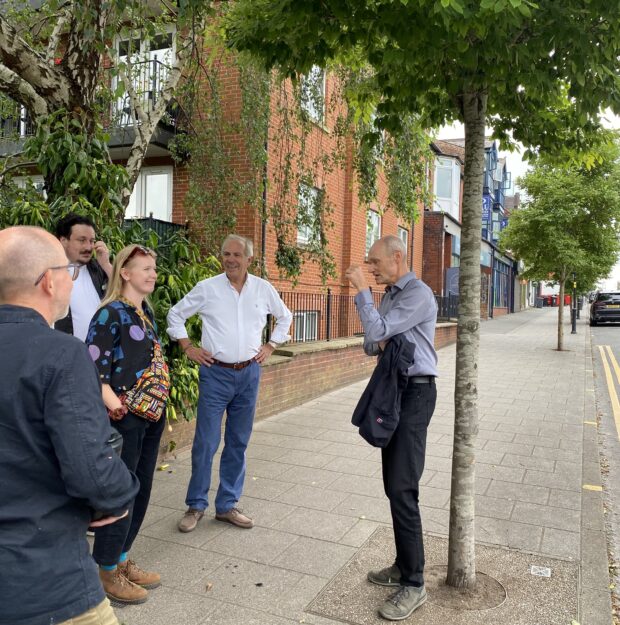
Trees and woodlands in our towns and cities hold a special place in our hearts and minds. Maintaining and expanding the urban forest is not just important to help address the climate and biodiversity crisis, but it plays an important role in creating thriving, liveable spaces.
More can be done to ensure that strong evidence and policy results are being put into good practice on the ground. Protecting and managing our existing tree cover must also be deemed as important as planting trees. These ambitions will only be achieved with adequate investment from all those who want a sustainable future for our towns and cities.
If you are interested in how we protect and grow the urban forest, I would encourage you to read our vision for urban forestry. It’s important we take action together, to help realise the multiple benefits that the urban forest can deliver for nature, climate mitigation, social justice and much more.
